NEW YORK—Three rare chicks were hatched by staff at the Bronx Zoo.
Staff at the zoo, which is owned by the Wildlife Conservation Society, simulated special conditions after a period of study to hatch the three maleo chicks. Maleos are an endangered bird.
Recommended: Tiger Cubs Open to Public at Bronx Zoo
The zoo now has nine maleos including the three chicks; the adult maleos are part of an exhibit called World of Birds.
The special conditions of incubation are because maleos are part of the megapode family, which doesn’t use body heat to incubate eggs. Instead, female maleos in the wild lay and bury their eggs in underground nests. Heat comes from either the sun, if the eggs are laid on beaches, or the earth (geothermal) if not.
Chicks come out of the eggs at a relatively mature stage, which enables them to dig through up to three feet of earth, according to the Wildlife Society. Also, they can fly and forage on the same day they emerge from a nest.
Staff at the Wildlife Society simulated the conditions by providing the maleos with a section of deep sand, which is electronically heated from below. Observing the areas carefully, staff immediately dig out eggs when they are laid and move them to an incubation room. The rare chicks hatched after about 70 days in incubation.
[video]http://www.youtube.com/watch?v=PyI4GXYvAag&feature=youtu.be[/video]
“The success we are seeing in our maleo propagation program at the Bronx Zoo is truly the result of teamwork,” said Jim Breheny, executive vice president of the Wildlife Society, in a statement. “Years of research in the field and at the zoo have allowed us to fine-tune procedures and incubation protocols.”
The birds, about the size of a chicken, are endangered—as of 2006, after its nesting grounds on the Sulewi, an Indonesian island, became threatened by poaching, dogs, and pigs, there was an estimated fewer than 5,000 birds. Of the 36 known nesting sights in North Sulawesi, the birds have abandoned half, according to the Wildlife Conservation Society.
Recommended: Zoo Animals Get Christmas Gifts (Photos)
Society staff are working in Indonesia to preserve the bird. They believe the supplemental incubation program could help with conservation efforts.
“Almost half of all megapode species are threatened with extinction,” said Dr. Nancy Clum, curator of Ornithology at Bronx Zoo, in a statement. “The work we do with maleos both at the zoo and in the field can provide a model for conservation of other megapode species.”
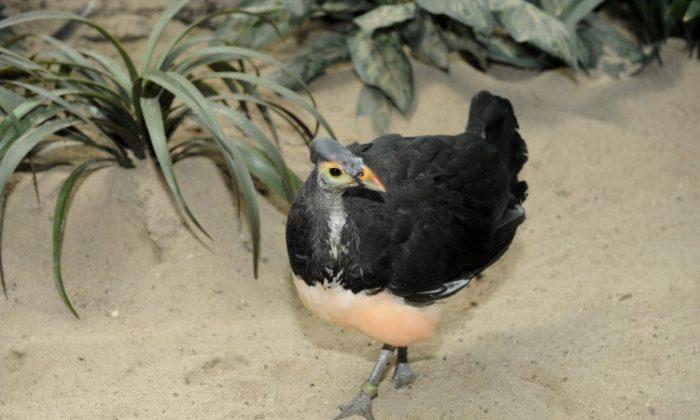

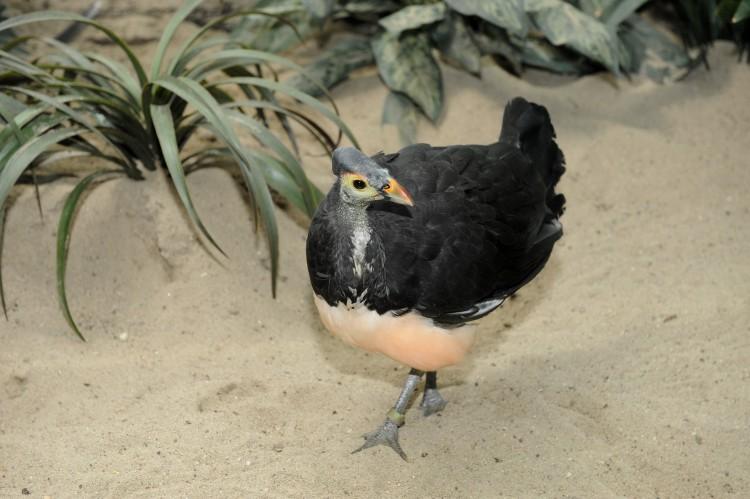
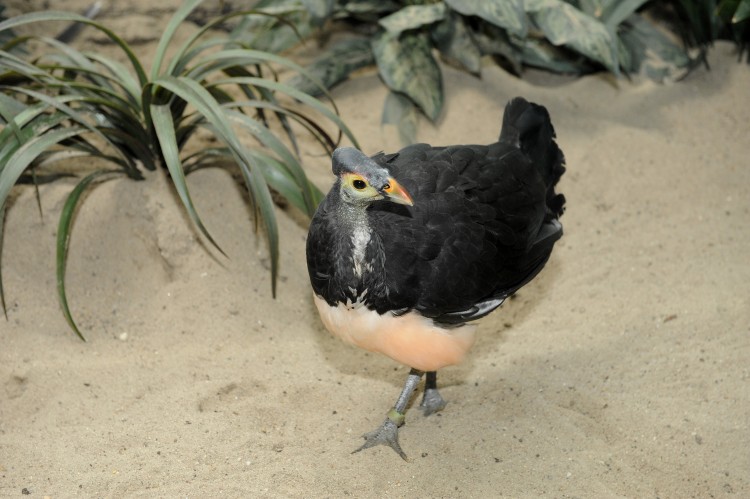
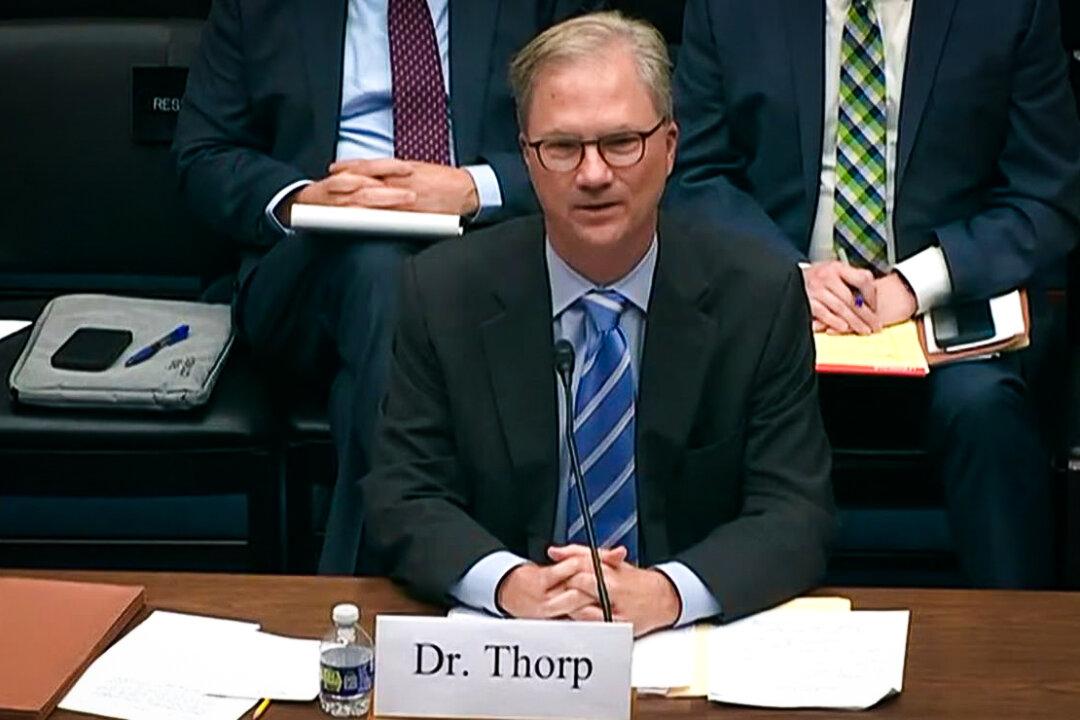

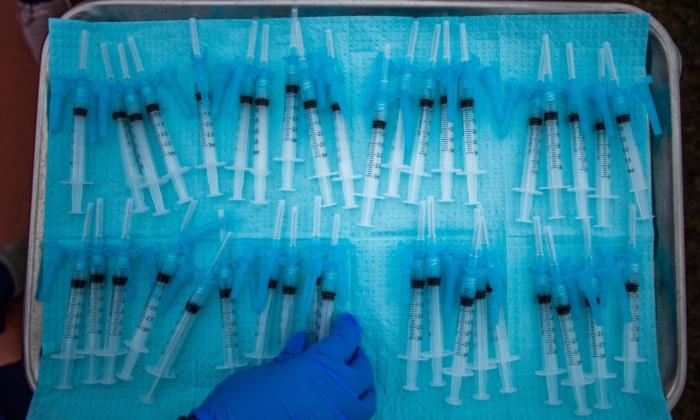

Friends Read Free